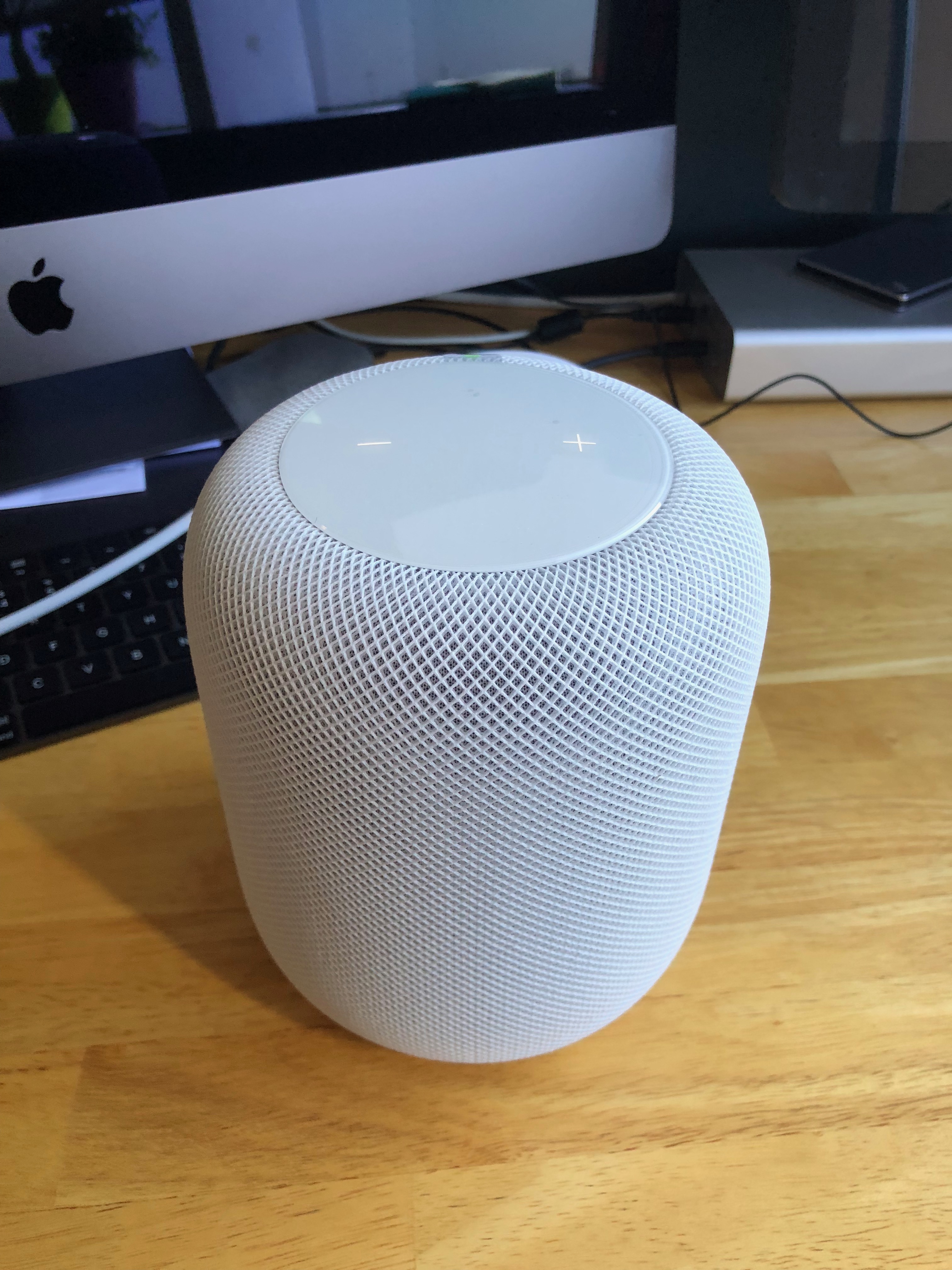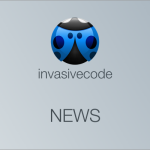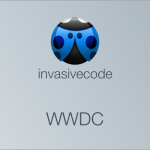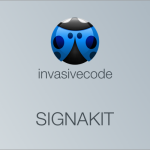HomePod is Not Echo and More Things You Should Know
Eight+ months after it debuted at WWDC, and with a months’-long postponement that made many an Apple enthusiast nearly lose their mind, Apple’s HomePod finally became available for purchase on January 26 (in the US, UK, and Australia. HomePod is scheduled to land in Germany and France this spring). The AI-enabled home speaker is slated for a February 9 arrival.
Now that HomePod is finally here, we’ll take you through what you need to know about it. We’ll also confront some of the rumors and tell you what HomePod is not.
The Nuts And Bolts of Apple HomePod
Apple’s HomePod is a 6.8-inch dedicated speaker. It’s being labeled as an audio device (you can find it under the “Music” tab on Apple.com), and it supports Siri for Apple Music, use with HomeKit-enabled devices, messaging, and making phone calls.
It’s a speaker. It’s a really souped-up, smart speaker – but it’s a speaker. Look how it’s described on the Apple site:
"HomePod combines Apple-engineered audio technology and advanced software to deliver the highest-fidelity sound throughout the room, anywhere it’s placed. This elegantly designed, compact speaker totally rocks the house.”
How does it rock the house, you may ask. The unit features an A8 Fusion chip (the same one that powers the iPhone 6 and 6 Plus) that delivers left, right, and center channels to each of its seven beam-forming tweeters, depending on the speaker’s positioning. The beam-forming microphones map the HomePod’s position relative to walls, and adjusts the tweeters for each channel as needed. There’s even an accelerometer in the base, which tells the A8 when the speaker is moved. This enables the device to channel balance again for optimal sound quality. As Apple puts it: “Within seconds, [HomePod] is perfectly optimized to deliver an immersive music-listening experience wherever it is placed.” The sound mapping is important; it’s how a single HomePod delivers that surround sound effect. HomePod also features a four-inch woofer for deep bass.
Setting up the HomePod couldn’t be simpler. Like AirPods (and other A1-equipped listening devices), all the user has to do is hold their iPhone next to the HomePod and it’ll set up in seconds (HomePod does not appear to have an A1 chip). For access to Apple Music and iCloud, the user must confirm their Apple ID.

Setting The Record Straight
The similarities to AirPods don’t end with the setup. HomePod – like AirPods – is for audio. That is, more or less, that.
Since Apple announced the HomePod, the Internet has been awash with speculation about what, exactly, the HomePod is designed to do. Much of the gossip has been critical and dismissive, suggesting that Apple is trying to bite off some of Google and Amazon’s AI-assistant glory. But that is not HomePod’s jam, so to speak.
If you get anything from this post, we hope you’ll take away this: Siri is not coming for Alexa. They are designed to do different things.
A calzone and a jelly doughnut are both hand-held food items, comprised of a wheat-based outer crust, shrouding some sort of scrumptious, gooey center. They are both delicious pastry items. They are both popular. They are both bad for your diet. But despite the similarities, a calzone and a jelly doughnut serve entirely different purposes. Think of Echo/Assistant and HomePod as being like calzones and jelly doughnuts (just don’t try to eat them).
It’s not that HomePod can’t be helpful. Users will be able to send messages the same way they do on their iPhones, by saying “Hey Siri, message Bob.” Siri supports the HomePod to power people’s Apple-enabled smart homes, with commands like: “Hey Siri, make the room cooler, “Hey Siri, dim the downstairs lights,” and “Hey Siri, close the garage door.” Siri, via HomePod, can remind users to go for that jog at a particular time or call their brother or set a timer for 20 minutes. The HomePod acts as a phone speaker for calls to anyone (not only Apple/HomePod users). Through HomePod, Siri can help you look up information, read text messages aloud and broadcast the news. Users can link Siri to HomeKit for all sorts of custom phrases and commands. There are some list-making and note-taking technologies baked in there. The HomePod even looks after your hearing health. If you vocally ask for the device’s volume to be raised to 90% or more, Siri will query, “That’s very loud. Are you sure?” So in all of those ways, Yes, HomePod is a home voice assistant.
But in every other respect (and, if you think about it, many of the ones listed), HomePod is an audio component. In addition to the advanced tech and sensing features meant to provide unparalleled, immersive sound from a single speaker, the HomePod (via Siri) learns what the user likes to listen to. With commands such as “Play more songs like this,” or “I like this song” or “Add this song to favorites,” the device’s AI is programmed to recognize one’s musical style and begin delivering customized content accordingly.

What HomePod Is Not
Now that we’ve talked about what HomePod is, let’s take a few minutes to discuss what HomePod is not. As mentioned, there’s been a lot of mudslinging over Apple’s intentions for the device, so although we’ve been fairly specific about the specs, it seems important to address the ways it is – and is not – like its Google and Amazon predecessors.
Since we’re on the topic of music, we should point out that Siri is not going to play anybody’s favorite Spotify playlist. Apple’s whole “it’s not a bug, it’s a feature” thing of refusing to support third-party services means that – at least for the time being – one has to look to Alexa or Assistant to play music from other platforms. Even when AirPlay 2 gets integrated into HomePod “later this year,” voice controls will only work on services within Apple’s ecosystem. Unless someone is all-in on Apple Music, HomePod isn’t going to be the device of their dreams.
It might go without saying that unless someone is using an iPhone running iOS 11.3 or greater, there doesn’t seem to be any reason to splurge on this speaker. HomePod can’t sync to a Mac (I mean, yeah – if you really wanted to get super crafty about it with AirPlay 2, you could make it work. But at that point, you might just want to save yourself the trouble and get a Sonos One. Besides, Sonos is expected to come onto the AirPlay 2 nexus later this year (although no one seems to know when that or AirPlay 2’s drop date will be). When the networks finally integrate, users will potentially be able to unify their entire Sonos and Apple networks. And those people will probably be throwing the best dance parties. Jussayin).
Apple does not play well with others. For those who live and work within the Apple ecosystem, this won’t be a problem. But for those who have found love in any of the thousands of third-party programs supported by the Amazon and Google devices, HomePod won’t make happy. Across the board, if it isn’t Apple, it can’t be accessed from this device.
For many people, that’s going to be a deal-breaker. If one’s home is powered by Nest products, for example, they’re better off with a Google device. HomePod won’t talk to Chromecast; and when it ships in February, it won’t even be able to support multi-room audio. In fact, Apple can’t say when that feature will be available.
For fun features like ordering pizza or calling a Lyft, the HomePod won’t help. Additionally, out of the box, Echo and Assistant are designed to do everything from adding toothpaste to an online shopping cart, to reading bedtime stories. They play games, connect with online calendars and email servers, and some of the Echo units are equipped with cameras/screens for teleconferencing. They’re packed with helpful functions and equipped to support others. HomePod, on the other hand is, you know, more of a speaker.
Google and Amazon’s devices are accessible to everyone within a home (which can be both a blessing and a curse for everything from music selection to privacy), but it’s still unclear at this time if the Apple device will offer fun for the whole family, and what that might actually look like.
That accessibility is another divider. As a home assistant, Google and Amazon have been able to offer their smart speakers at every level of affordability, from $29.99 for an Amazon Echo Dot, to the upcoming Google Home Max, projected to sell for $399. At each increasing price point, users enjoy a wider range and improved quality of features. In the case of Google Max and Sonos products, speaker quality even rivals the HomePod at the high end. Here is Amazon and Google again doing double-duty: They created voice assistants that also play music, and as such, offer devices that are voice assistants first, with acoustic add-ons for a fee.
HomePod is only available in one iteration (although it is offered in two colors, white and “space gray”). Further evidence Apple is not interested in shouldering in on this territory: they only offer one smart speaker, at one price point. It’s an accessory for audiophiles who are willing to spend the money ($349) for voice-activated listening convenience with top-of-the-line sound.
There are lots of things to love (and not love) about each of the smart speakers. Consumers with cash to spare might even have some difficulty making a decision on the top of the spectrum. But Google and Amazon seem to have released their highest-quality speakers in response to Apple. Apple has not dumbed-down its speaker to compete with some of the conveniences offered by the other companies.
The HomePod is a technological wonder for what it is. But it is what it is. And what it is, is a speaker.
The INVASIVECODE team






